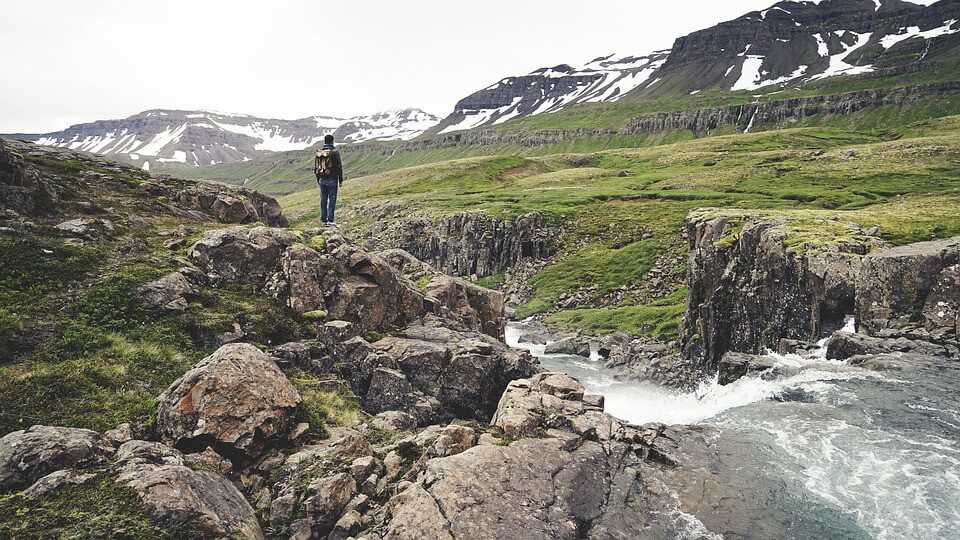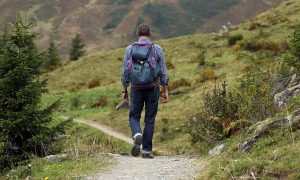The concept of hiking seems simple enough: pick a trail and follow it, taking in as much of your surroundings as possible. In many cases, however, this simplicity leads new hikers to overlook a variety of essential preparations.
Here are a few tips to make your first hike as safe and organized as possible.
Watch the weather
One of the most common ways new hikers endanger themselves is by ignoring the forecast. Take time to watch or look up the day’s predicted weather conditions, keeping an ear open for severe storm warnings, high winds, and other dangerous elements that might pose a threat. If worst comes to worst, postpone your hike for a better day. You may be anxious to hit the trails for the first time, but your health and wellbeing should be your main priority.
Know your limits
If the weather is looking clear and safe, it is time to begin your first hiking adventure. However, be sure to exercise restraint when selecting your first trail, as trails can range from easy to incredibly challenging. It is wise to start on an easier trail to develop a means of your physical capabilities. Even if you are in decent shape, follow this approach anyway — it is better to be absolutely sure of yourself.
Communicate
We live in an age of sophisticated mobile technology; be sure to take advantage of it. As a new hiker, it is imperative that you communicate with friends and loved ones so they know where you are. Keep these individuals informed on your departure time, your estimated time of completion, and the difficulty and elemental status of the area in which you are hiking. All of these points will keep you grounded in safety on the homefront, and they will ensure help will be on the way if you fall into trouble.
Equip yourself properly
Finally, and arguably most importantly, be sure to properly equip yourself before heading out into the forest or the mountains. Proper footwear, temperature-appropriate clothing, and GPS technology are just a few focal points that should not be overlooked in the preparation stage. Furthermore, it may be wise to bring along some form of protection or a means of calling for help if you are going to be hiking in an area known for dangerous conditions or predatory wildlife. Again, it is always better to be safe than sorry.

